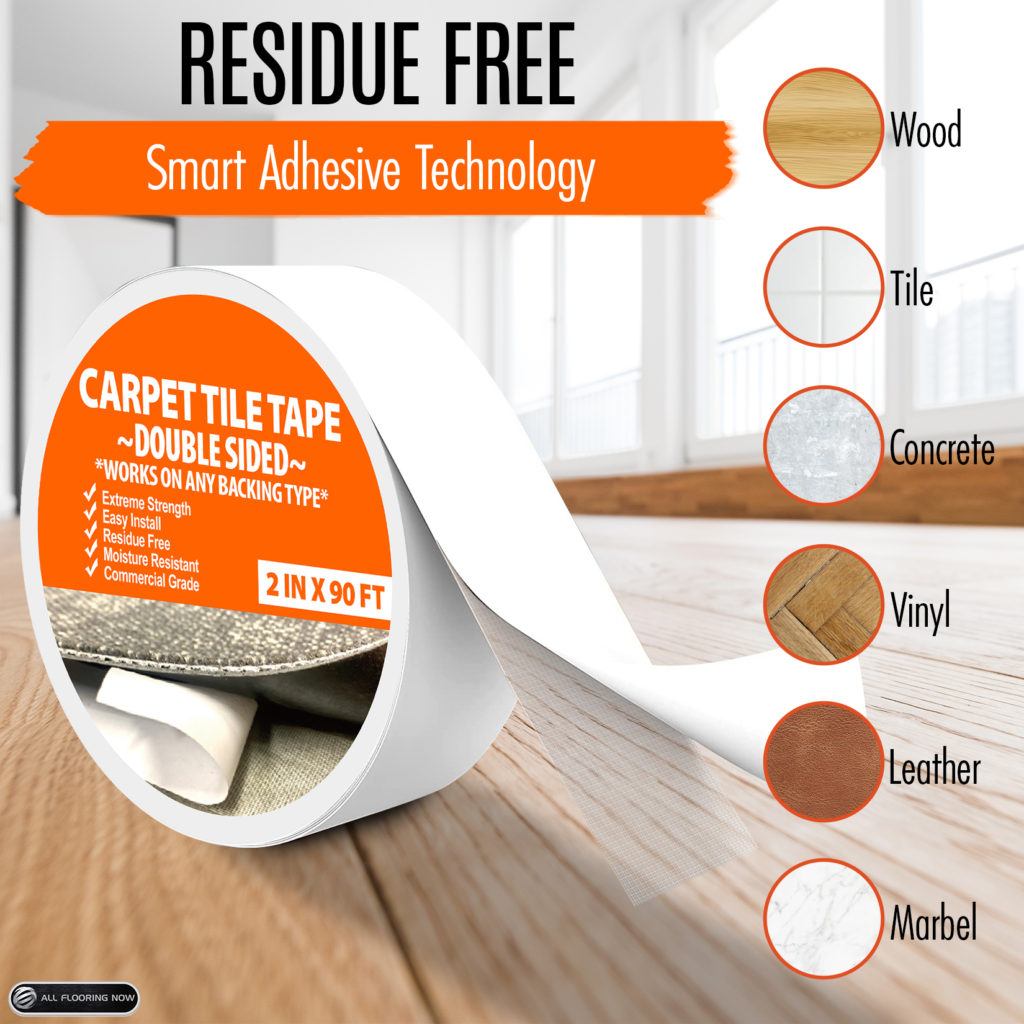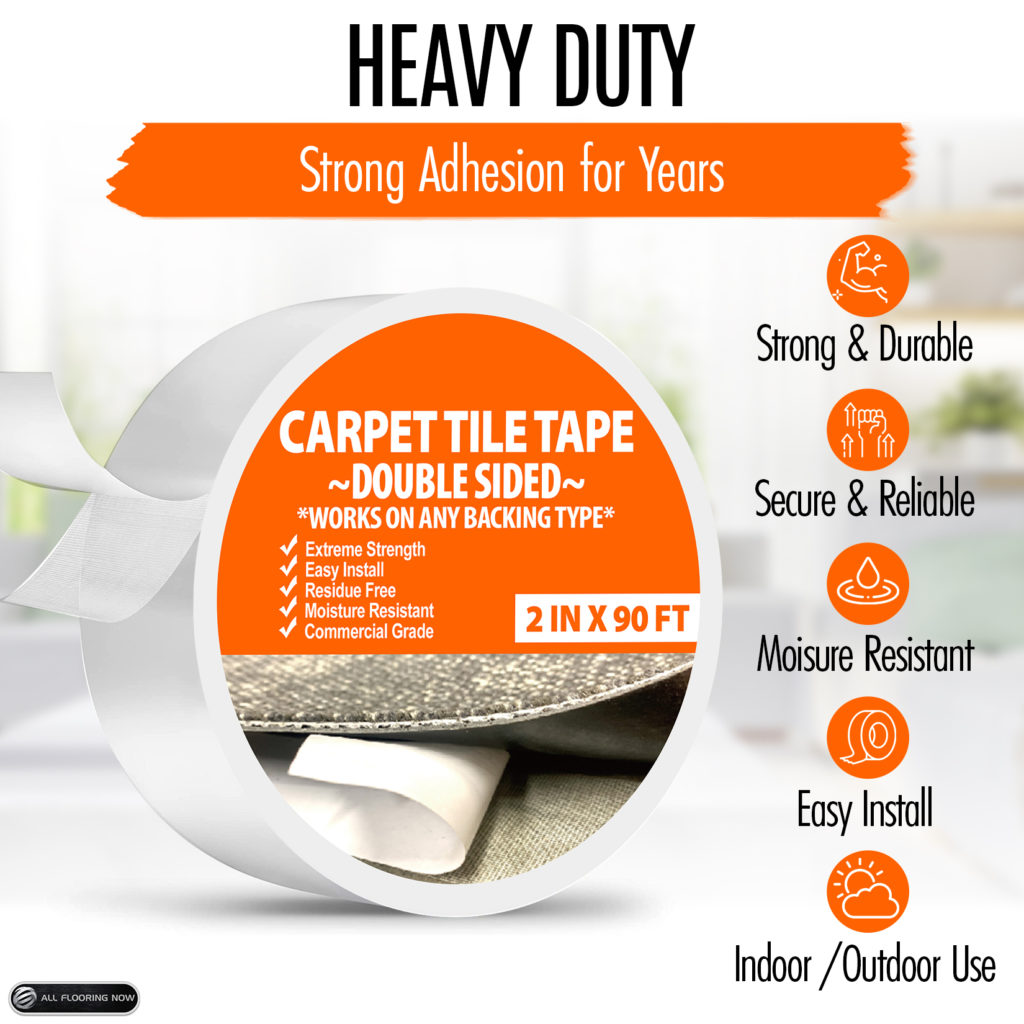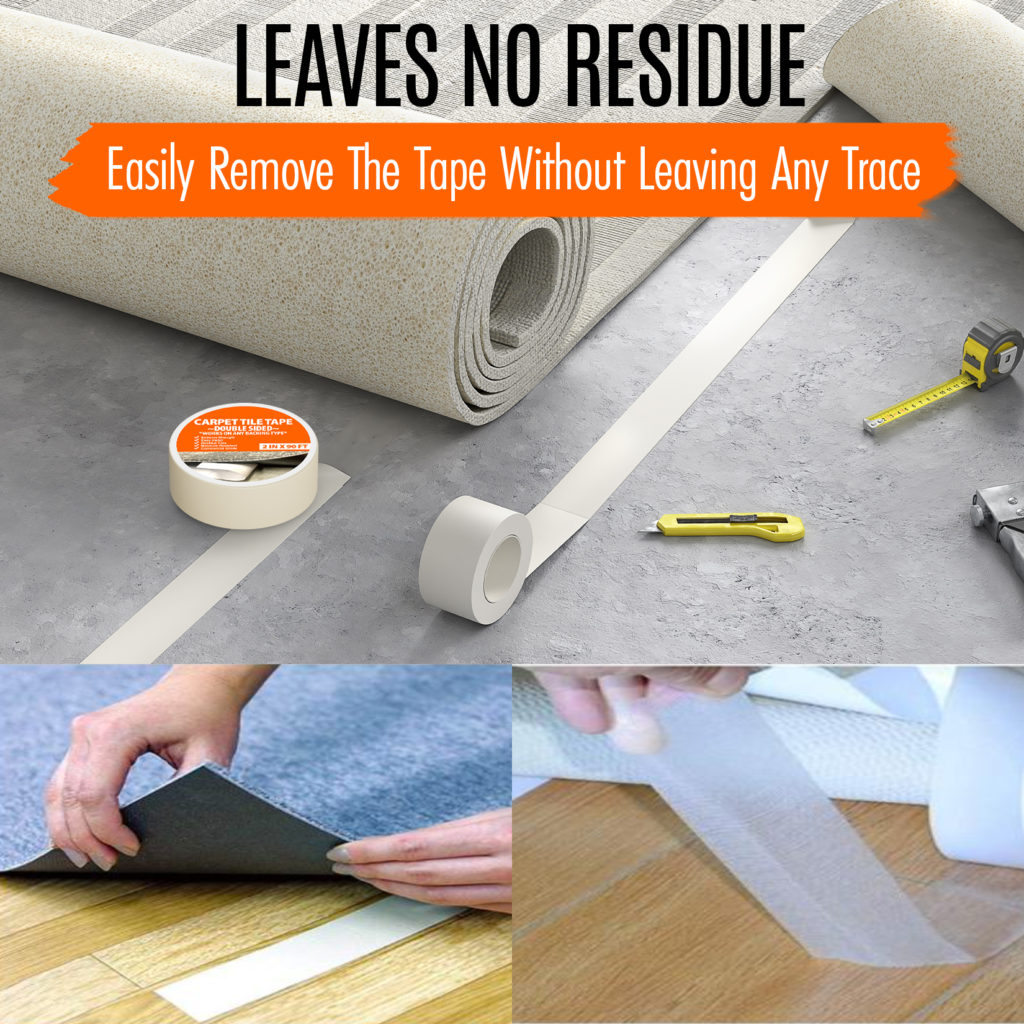Pros and Cons of Using Carpet Tiles for Rental Properties
When it comes to flooring options for rental properties, landlords and property managers often seek a balance between durability, aesthetics, and cost-effectiveness. Carpet tiles have gained popularity as a versatile solution that offers unique advantages and potential drawbacks. In this article, we'll explore the advantages and disadvantages of using carpet tiles for rental properties, helping property owners make informed decisions that align with their specific needs and goals.
Advantages of Using Carpet Tiles:
Easy Installation and Replacement
Carpet tiles are known for their user-friendly installation process. They can be easily laid down without professional assistance, saving time and money. Additionally, if a section of the carpet becomes stained or damaged, individual tiles can be replaced without the need to replace the entire carpet.
Durability and Longevity
Carpet tiles are designed to withstand high foot traffic and daily wear and tear. They are often constructed with durable materials that can handle the demands of rental properties, making them a suitable choice for areas with heavy use.
Cost-Effectiveness
While the upfront cost of carpet tiles may be slightly higher than traditional broadloom carpets, their long-term cost-effectiveness can outweigh this initial investment. Reduced installation and replacement costs contribute to their economic advantage, making them an attractive option for rental properties.
Design Flexibility
Carpet tiles come in a wide variety of colors, patterns, and textures, allowing landlords to customize the look of their rental units. They provide design flexibility, enabling property owners to create visually appealing and inviting spaces that attract tenants.
Noise and Insulation
Carpet tiles offer improved noise reduction and insulation compared to hard flooring options. This is particularly beneficial in multifamily buildings, where noise control between units is essential for tenant satisfaction.
Stain Resistance
Many carpet tiles are treated with stain-resistant coatings, making them more resistant to spills and stains. This feature is advantageous in rental properties, where accidents are likely to occur.
Easy Maintenance
Regular maintenance of carpet tiles involves vacuuming and occasional spot cleaning. Their modular design makes it easier to clean or replace individual tiles as needed.
Disadvantages of Using Carpet Tiles:
Initial Cost
While carpet tiles offer long-term cost savings, their initial cost can be higher compared to traditional rolled carpets. Landlords need to consider their budget and investment plans before opting for carpet tiles.
Installation Challenges
While carpet tile installation is generally straightforward, achieving a professional-looking installation requires attention to detail. Inexperienced installation might result in uneven seams or misaligned patterns.
Limited Softness
Carpet tiles may not provide the same level of softness and comfort underfoot as traditional plush carpets. This might be a consideration for tenants who prioritize comfort.
Seam Visibility
Depending on the quality of installation, seams between carpet tiles can sometimes be noticeable. This could affect the overall aesthetic appeal of the flooring.
Moisture and Mold Concerns
Improper installation or subfloor moisture issues could lead to mold growth beneath carpet tiles. Adequate subfloor preparation and ventilation are essential to prevent this concern.
Carpet tiles present a compelling flooring solution for rental properties, offering a range of benefits that cater to the needs of property owners, managers, and tenants. Their durability, ease of maintenance, design flexibility, and potential cost savings make them an attractive choice for various rental scenarios. However, it's essential to carefully weigh the disadvantages, such as installation challenges and initial costs, before making a decision.
Ultimately, the choice to use carpet tiles in rental properties depends on factors such as budget, tenant preferences, property type, and long-term investment goals. By considering the pros and cons outlined in this article, property owners can make informed choices that enhance the functionality, aesthetics, and value of their rental units.
The Advantages and Benefits of Carpet Tiles
We also often get asked: What is the best way to install carpet tiles? We recommend installing carpet tiles with heavy duty double sided tape shown below:






